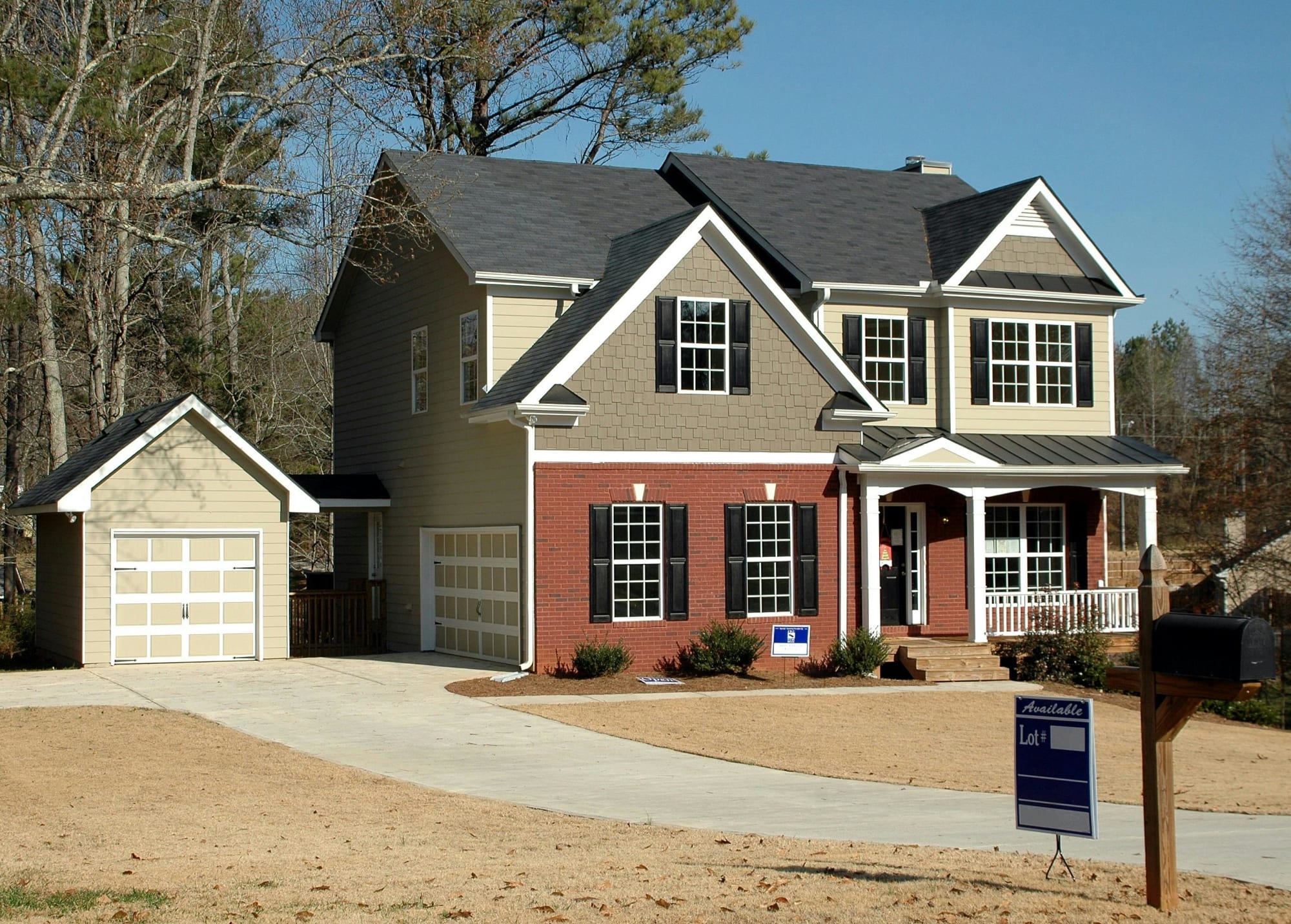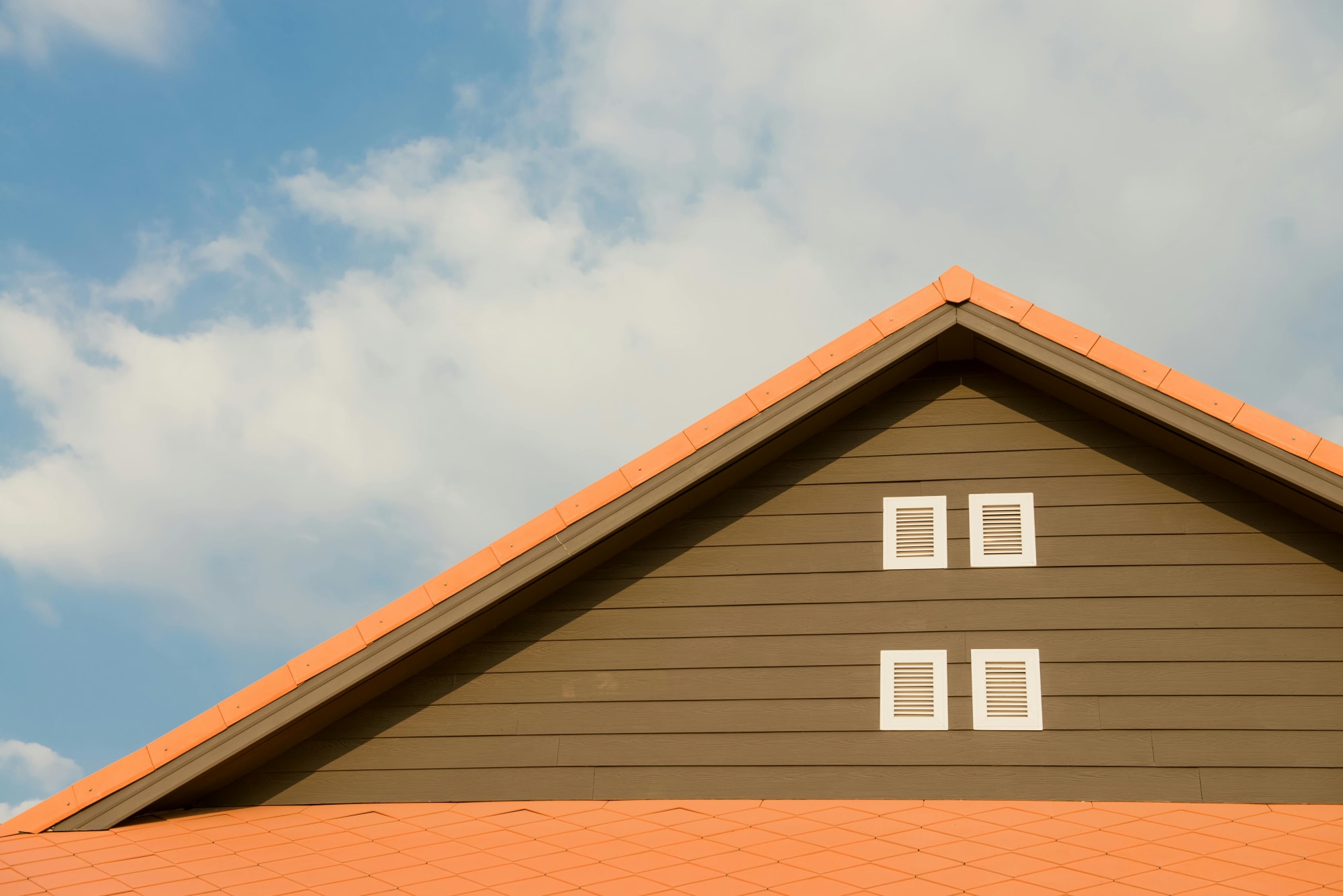Invest
Weak population growth tipped to burden house prices
With COVID-19 restricting immigration currently and potentially in the future, it is likely to create a strong headwind for property prices, an industry expert has warned.
Weak population growth tipped to burden house prices
With COVID-19 restricting immigration currently and potentially in the future, it is likely to create a strong headwind for property prices, an industry expert has warned.

Property group Domain has released residential property price figures for the three months to 31 March 2020, reporting that detached housing values increased nationwide over the period.
However, the rebound is set to be short-lived, with analysts now expecting housing market activity to fall in response to the economic fallout from the COVID-19 crisis.
According to Domain economist Trent Wiltshire, subdued population growth, particularly net over search migration, would add to housing market headwinds.
“Lower immigration means reduced demand for property, which will put downward pressure on prices,” he said.

“Lower population growth will be one of a number of factors that will contribute to property price falls in 2020.
The economist also highlighted that it is not just immigration that is causing prices to fall, with various domestic headwinds likely to impact values.
“Other factors are rising unemployment and concerns about job security, expectations of price falling, larger households due to people wanting to save money, some forced sales, and restrictions on transacting real estate (such as the ban on auctions and open for inspections).”
“Property sales are likely to decline by even more than prices.”
Sydney recorded the sharpest increase over the March quarter (2.6 per cent), followed by Hobart (2.2 per cent), Melbourne (2 per cent), Darwin (1.2 per cent), Brisbane (0.6 per cent) and Canberra (0.3 per cent).
House prices remained stable in Adelaide and Perth, but the capitals recorded unit price gains of 4.2 per cent and 1.6 per cent, respectively.
Unit prices also rose in Sydney (2.7 per cent), were stable in Hobart, and fell in Darwin (8.2 per cent), Canberra (5.2 per cent), Brisbane (4.2 per cent) and Melbourne (0.4 per cent).
The March quarter result was reflective of a broader rebound in the housing market, which commenced in mid-2019 off the back of interest rate reductions and the easing of regulatory restrictions.
About the author

About the author


Property
New investment platform Arkus allows Australians to invest in property for just $1
In a groundbreaking move to democratise investment in property-backed mortgage funds, GPS Investment Fund Limited has launched Arkus™, a retail investment platform designed to make investing ...Read more

Property
Help to Buy goes live: What 40,000 new buyers mean for banks, builders and the bottom line
Australia’s Help to Buy has opened, lowering the deposit hurdle to 2 per cent and aiming to support up to 40,000 households over four years. That single policy lever will reverberate through mortgage ...Read more

Property
Australia’s mortgage knife‑fight: investors, first‑home buyers and the new rules of lender competition
The mortgage market is staying hot even as rate relief remains elusive, with investors and first‑home buyers chasing scarce stock and lenders fighting for share on price, speed and digital experienceRead more

Property
Breaking Australia’s three‑property ceiling: the finance‑first playbook for scalable portfolios
Most Australian investors don’t stall at three properties because they run out of ambition — they run out of borrowing capacity. The ceiling is a finance constraint disguised as an asset problem. The ...Read more

Property
Gen Z's secret weapon: Why their homebuying spree could flip Australia's housing market
A surprising share of younger Australians are preparing to buy despite affordability headwinds. One in three Gen Z Australians intend to purchase within a few years and 32 per cent say escaping rent ...Read more

Property
Tasmania’s pet-positive pivot: What landlords, BTR operators and insurers need to do now
Tasmania will soon require landlords to allow pets unless they can prove a valid reason to refuse. This is more than a tenancy tweak; it is a structural signal that the balance of power in rental ...Read more

Property
NSW underquoting crackdown: the compliance reset creating both cost and competitive edge
NSW is moving to sharply increase penalties for misleading price guides, including fines linked to agent commissions and maximum penalties up to $110,000. Behind the headlines sits a more ...Read more

Property
ANZ’s mortgage growth, profit slump: why volume without margin won’t pay the dividends
ANZ lifted home-lending volumes, yet profits fell under the weight of regulatory and restructuring costs—an object lesson in the futility of growth that doesn’t convert to margin and productivityRead more

Property
New investment platform Arkus allows Australians to invest in property for just $1
In a groundbreaking move to democratise investment in property-backed mortgage funds, GPS Investment Fund Limited has launched Arkus™, a retail investment platform designed to make investing ...Read more

Property
Help to Buy goes live: What 40,000 new buyers mean for banks, builders and the bottom line
Australia’s Help to Buy has opened, lowering the deposit hurdle to 2 per cent and aiming to support up to 40,000 households over four years. That single policy lever will reverberate through mortgage ...Read more

Property
Australia’s mortgage knife‑fight: investors, first‑home buyers and the new rules of lender competition
The mortgage market is staying hot even as rate relief remains elusive, with investors and first‑home buyers chasing scarce stock and lenders fighting for share on price, speed and digital experienceRead more

Property
Breaking Australia’s three‑property ceiling: the finance‑first playbook for scalable portfolios
Most Australian investors don’t stall at three properties because they run out of ambition — they run out of borrowing capacity. The ceiling is a finance constraint disguised as an asset problem. The ...Read more

Property
Gen Z's secret weapon: Why their homebuying spree could flip Australia's housing market
A surprising share of younger Australians are preparing to buy despite affordability headwinds. One in three Gen Z Australians intend to purchase within a few years and 32 per cent say escaping rent ...Read more

Property
Tasmania’s pet-positive pivot: What landlords, BTR operators and insurers need to do now
Tasmania will soon require landlords to allow pets unless they can prove a valid reason to refuse. This is more than a tenancy tweak; it is a structural signal that the balance of power in rental ...Read more

Property
NSW underquoting crackdown: the compliance reset creating both cost and competitive edge
NSW is moving to sharply increase penalties for misleading price guides, including fines linked to agent commissions and maximum penalties up to $110,000. Behind the headlines sits a more ...Read more

Property
ANZ’s mortgage growth, profit slump: why volume without margin won’t pay the dividends
ANZ lifted home-lending volumes, yet profits fell under the weight of regulatory and restructuring costs—an object lesson in the futility of growth that doesn’t convert to margin and productivityRead more








